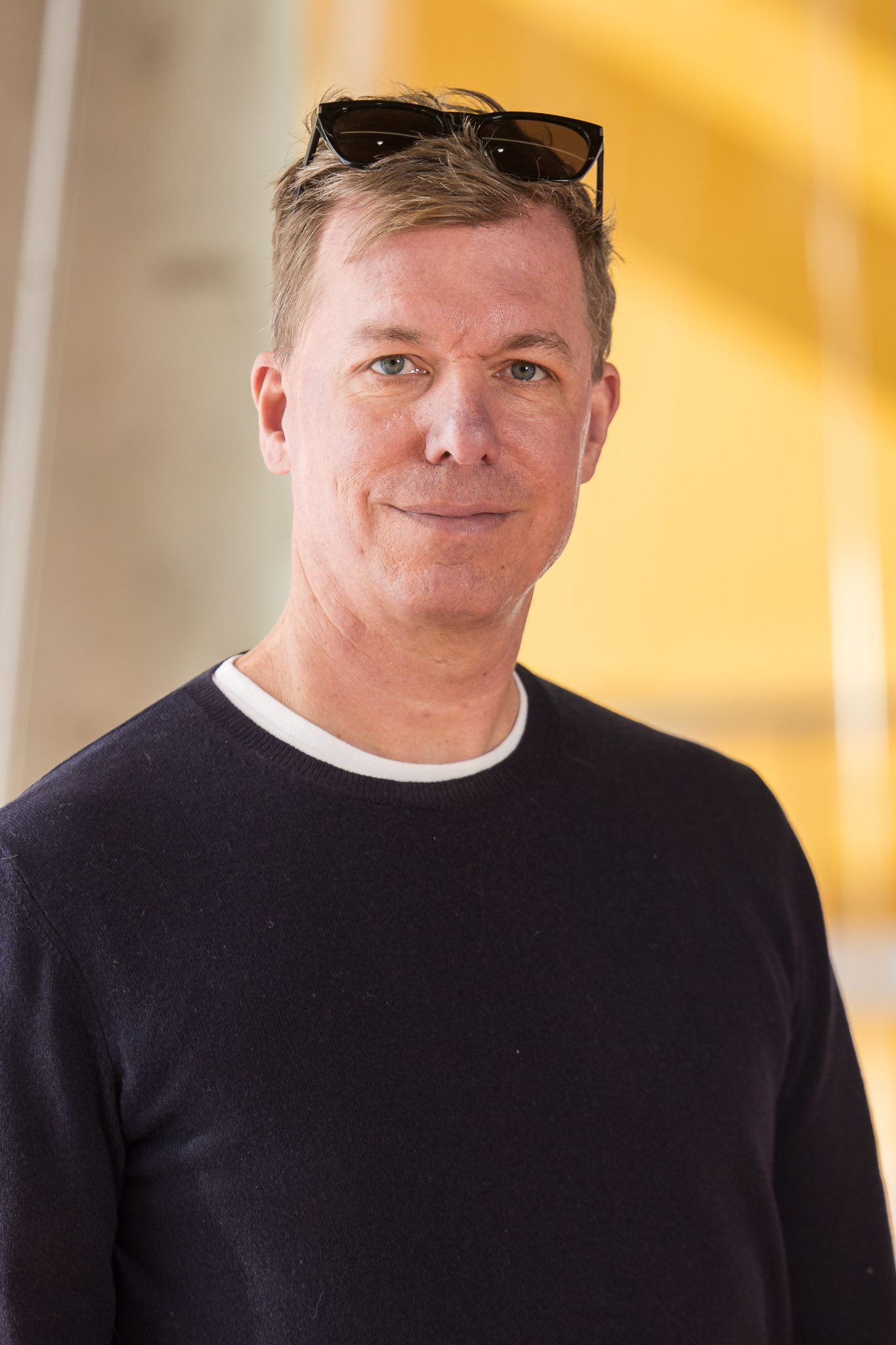
My Expertise
Computational Design, Artificial Intelligence and Machine Learning in Architecture and Urban Design, Digital Fabrication and Robotic Fabrication, Virtual Reality, Augmented Reality, Mixed Reality, Media Architecture, Internet of Things, Smart Design, Smart Cities
Keywords
Fields of Research (FoR)
Architectural computing and visualisation methods, Data visualisation and computational (incl. parametric and generative) design, ArchitectureSEO tags
Biography
A/Prof Dr. M. Hank Haeusler Dipl.-Ing. (Fh) / University of New South Wales, Sydney is ARC Centre for Next-Gen Architectural Manufacturing Director, a A$9 million federal government funded research centre transforming the architecture, engineering and construction sector; Lead CI of the A$6 million CRC-P for 3D printing houses in remote environments using local materials, and Deputy Director UNSW AI Institute.
He is also Head of Research,...view more
A/Prof Dr. M. Hank Haeusler Dipl.-Ing. (Fh) / University of New South Wales, Sydney is ARC Centre for Next-Gen Architectural Manufacturing Director, a A$9 million federal government funded research centre transforming the architecture, engineering and construction sector; Lead CI of the A$6 million CRC-P for 3D printing houses in remote environments using local materials, and Deputy Director UNSW AI Institute.
He is also Head of Research, Foresight and Innovation Giraffe Technology, Sydney-based platform for the AEC sector, and Vice President of the Media Architecture Institute. He was the founding director of the Bachelor of Computational Design (CoDe) at the University of New South Wales, Sydney, and former Professor at the Visual Art Innovation Institute at Central Academy of Fine Arts, Beijing.
Haeusler is known as a researcher, educator, entrepreneur and designer in media architecture, computational design, and second machine age technologies he authored of 150+ academic publications and raised over A$16M research funding. He has established Arch_Manu Büro an architectural computing and computational design practice as living lab to test and prepare ideas.
He has lectured in Europe, Asia, North America and Australia in universities such as ETH Zurich, Bartlett London, TU Delft or University of Hong Kong.
My Qualifications
Dipl.-Ing. (HfT Stuttgart Architecture) / PhD (SIAL/RMIT)
My Engagement
In the Media
Hauesler, H. (2015, 23 June). Australian's may soon be living in 3D printed houses. Retrieved from news.com.au. www.news.com.au/finance/real-estate/australians-may-soon-be-living-in-3d-printed-houses/news-story/76615d7f256f353d85757196b5a9cda7
Haeusler, H. (2013, July 16). In Profile: UNSW's Matthias (Hank) Haeusler. Architecture & Design. Retrieved from http://www.architectureanddesign.com.au/features/comment/in-profile-unsw-s-matthias-hank-haeusler?utm_source=SilverpopMailing&utm_medium=email&utm_campaign=Architecture%20and%20Design%20Newsletter%20-%20send%20-%3E%2017/07/2013%2010:28:58%20AM&utm_content
My Teaching
Main teaching interests are in embedding digital technology into the built environment, a topic he has taught in undergrad studios in Architecture Computing and in master studios in Architecture.
Haeusler is working, in a teaching context, on the develop a new Bachelor degree that will be the nexus of architecture and design with engineering and science all through a profound understanding of computing and computation. Computers have infiltrated all aspects of the built environment. Thus the course focuses on applying state of the art thinking in design, architecture and urbanism with theories from engineering and science together with frontier computer skills and digital fabrication technologies. The resulting creative, technical and aesthetic solutions are taught in individual interlinked modules. The degree offers unique skills on the application of digital technologies in the built environment to face the challenges of the 21st century.
Research and teaching is always very close connected for Haeusler and student projects like the Hypersurface Architecture [Redux] studio was later realised as an installation for the Sydney Architecture Festival 2012.
Haeusler will also assure that student work get the maximum exposure to the public. He recently curated with Master of Architecture students the Esemplastic exhibition, a research project on George Street Sydney which had been the exhibition of the opening event of the 2013 Sydney Architecture Festival.